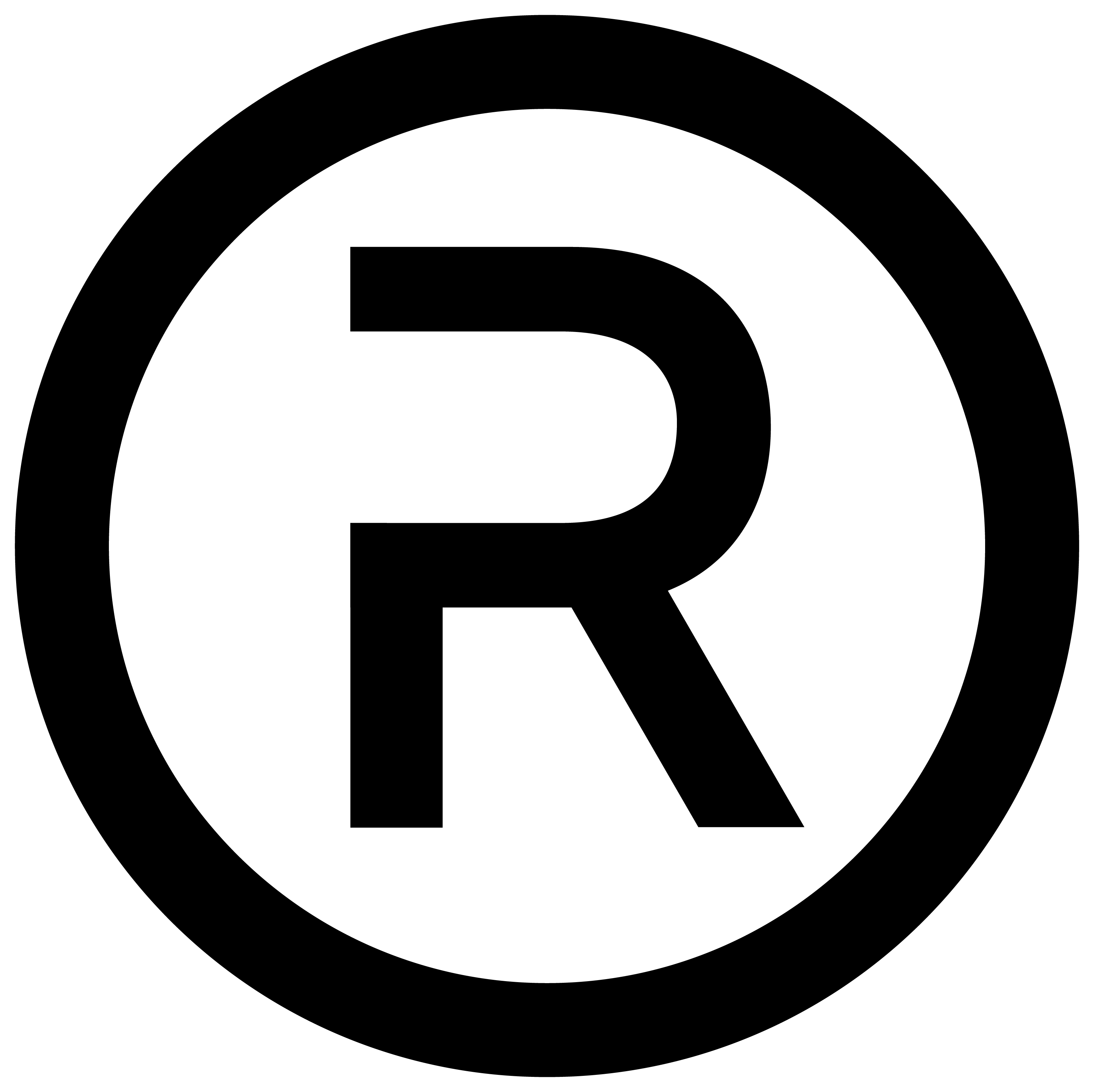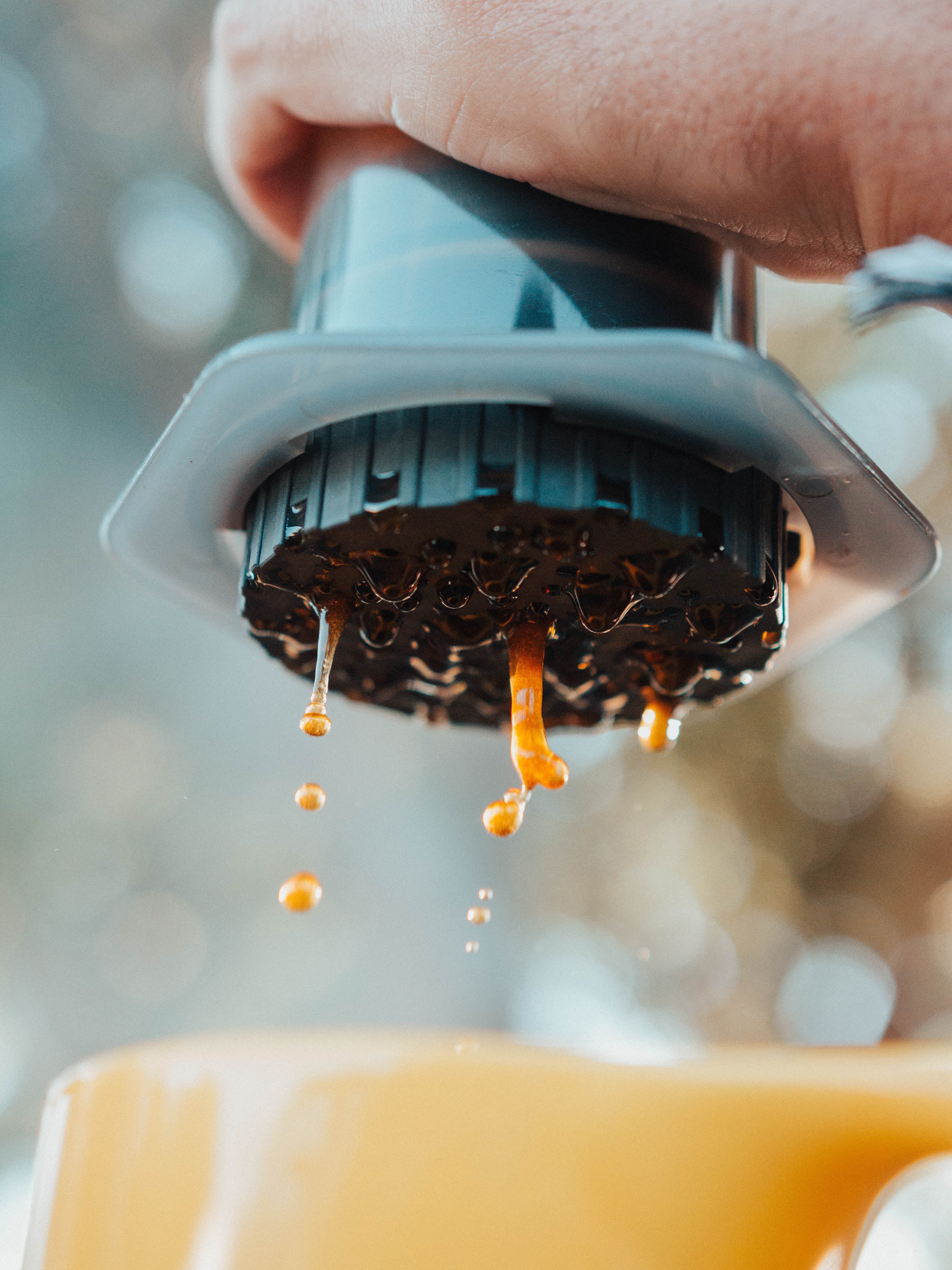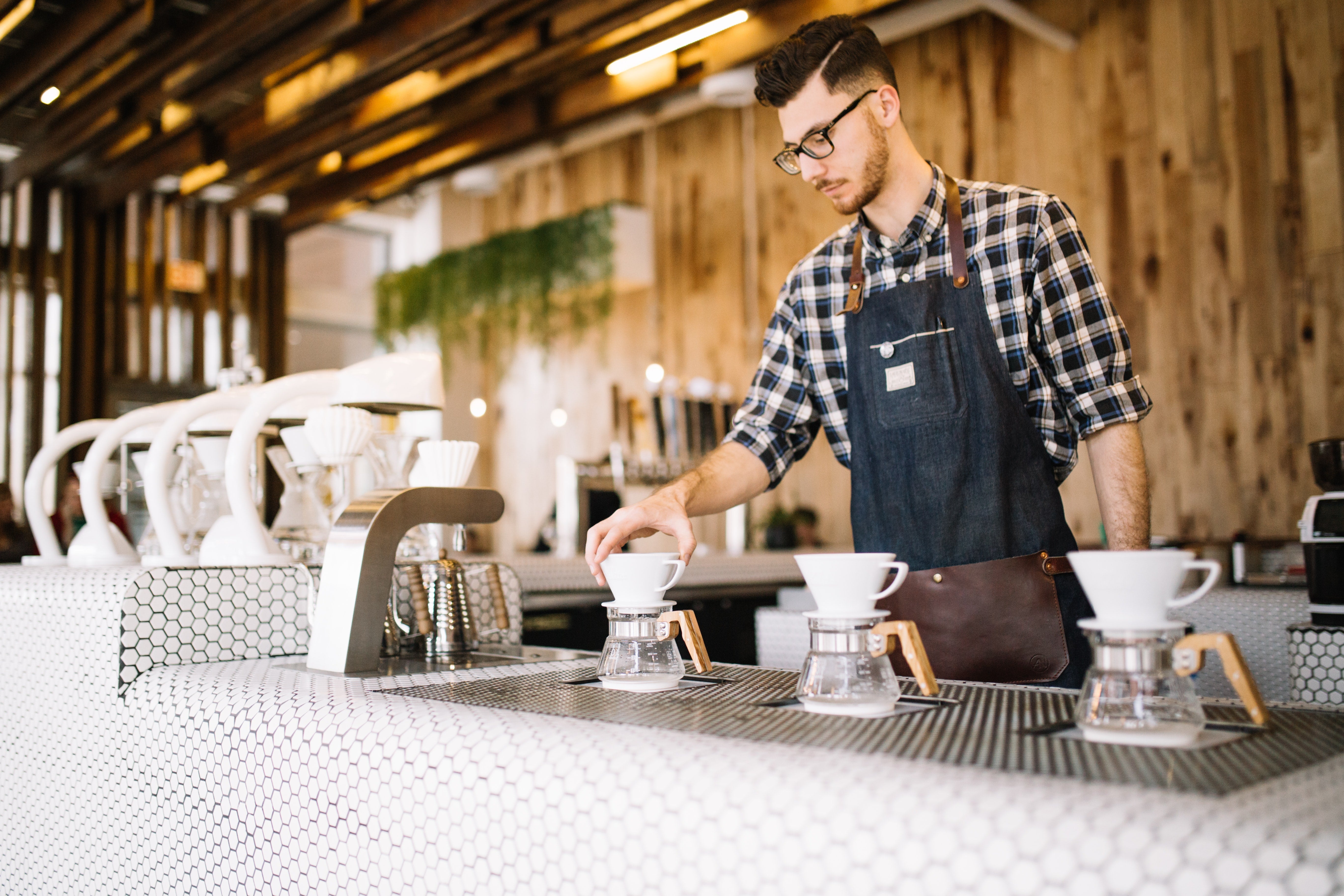
(mis)training and vertical integration | by Robert Savage

My aim with this series of blog posts is to highlight some of the difficulties and rewards of working as a roaster in the specialty coffee industry – an industry which, despite its massive growth in the last decade or so, has a long way to mature. When I had the fortune of talking with Gwilym Davies a few years ago, his musings of the shortcomings of his own service and consistency at Prufrock stayed with me. “It’s nowhere near good enough” he regretted. I appreciate the perfectionist’s humble attitude, particularly considering his reputation as an industry leader (Davies won the WBC crown in ’09 and went on to open one of the UK’s market leading, and best, coffee venues), and it’s this sentiment that drives the slow progress towards a sort of ever-distant perfection.
Since that exchange I’ve noticed many trends come and go, but a general development in quality for the better, as you’d hope over the course of about 5 years. Volumetrics are in, pressure profiling is out. Thank God. Weighing and measuring are somewhat in, albeit with way too much resistance from people who still think coffee is an art-form rather than something that must be at least relatively consistent. For the most part we’re doing better. Thank God. Most of us are developing our roasts a little further. Thank God.
So if “it’s nowhere near good enough”, how indeed do we get better? If the ‘specialty’ in specialty coffee is merely whatever aspect of a venue gets customers to come in the first place and then come back again, as Matt Perger suggests (and an idea I largely subscribe to), then do we need to get better? Heck, we’re serving a lot of brown between us, and a new roastery seems to be opening every second day in Melbourne. Where do we need to improve? Well, I’m with Gwilym here. There’s a lot of work to be done.
A few months ago, I worked a few weekend-warrior shifts at a very beautiful new café that had invested in all the toys: a PB, some mythos grinders, a good quality water filtration system, and coffee from one of Melbourne’s leading specialty roasters (whose product I have often liked quite a bit). It was their first weekend of operation, and the roaster’s training rep was opening shop with us to help with any teething. Excellent service. We dialled the espresso and I was seriously unhappy with it. I couldn’t taste anything other than mown grass and bile. Also, using their recipe I should have been able to easily obtain 8.5-9% strength in our espresso, this was super weak. To me, it was obviously an issue with underdevelopment in roasting, but raising this with the trainer was totally unfruitful. “No, it’s developed enough”. So why am I drinking vinegar?
The trainer brought in a few kilos of an older roast, which I’ll admit was a little more soluble, but had a wildly different flavour profile and still suffered from some undesirable underdeveloped characteristics. When I asked if he would use his refractometer, I was met with “we don’t use technology, just trust your palate”, which I thought to be a strange dismissal of the only objective measure that could have resolved our difference of opinion. This new café was putting a huge amount at stake, financially and emotionally, and were at the whim of what the roasters felt like doing that week with no objective justification. To be fair, my anecdote does not equal evidence of an epidemic of ignorance, but I’ve heard countless examples from others to assert a trend.
Was I wrong about how that coffee tasted, or had we just been trained into enjoying whatever it is we enjoy? I don’t expect for us all to have uniform values and for there to be an objective truth to this, but surely one of us was more right than the other. And sure, there are probably a plethora of physiological and conditional reasons why we would be tasting things differently, but I do insist on having a more critical and inquisitive perspective from coffee professionals. Criticism, feedback, responses and training are the only way to be anywhere good enough. On the production end, we have a duty of responsibility for consistency. It’s never going to be perfect, but we certainly must be better.
This episode got me thinking so much about integrating palate training from the roaster to the barista, and how front-end feedback and information can be fed back upwards, but the hurdles are numerous. Roasters tend to be warehouse operatives whose exposure to the product is primarily in the QC lab, but there are infinite conditional differences from account to account that will alter how the product turns out: Water chemistry, grinder wear and calibration, et cetera. Similarly, most baristas haven’t spent much time at a roaster and actually learned what baked, overdeveloped, or underdeveloped coffee tastes like. Perhaps it’s time that these barriers between trades is dismantled. I would love it if we had a client who suggested that we try an additional percentage or two in development time or adjusted our finishing temperature to suit or achieve x. It’s our job to integrate a training program that allows baristas to identify some of these aspects and hopefully communicate it clearly and balancing our response with the style and intention of our product. Finding trainers who understand roasting, coffee preparation as well as teaching is incredibly difficult, even more difficult than finding amazing baristas. I’m not expecting an immediate shift towards a more public roasting and technical literacy, but I do believe that we can learn more from our clients and their customers, given they have been provided the tools to critically evaluate and communicate with us.



Leave a comment
This site is protected by hCaptcha and the hCaptcha Privacy Policy and Terms of Service apply.